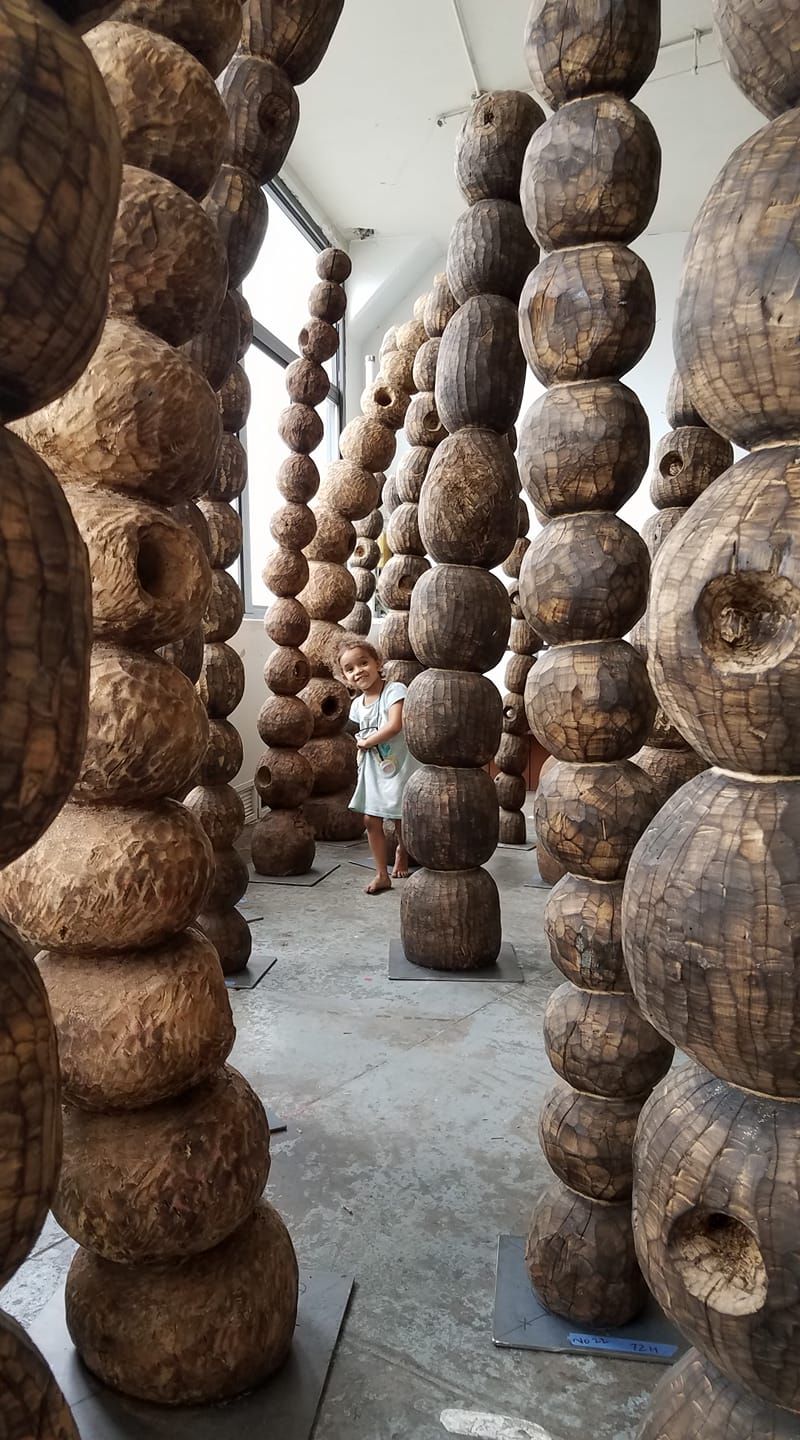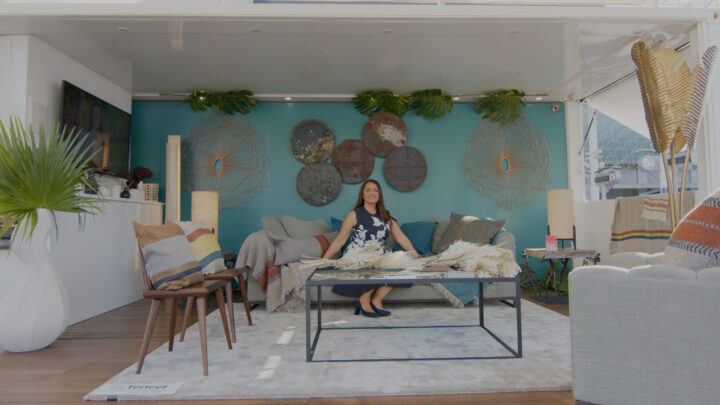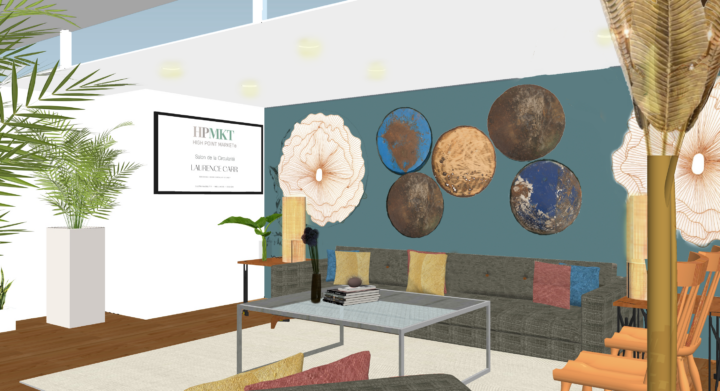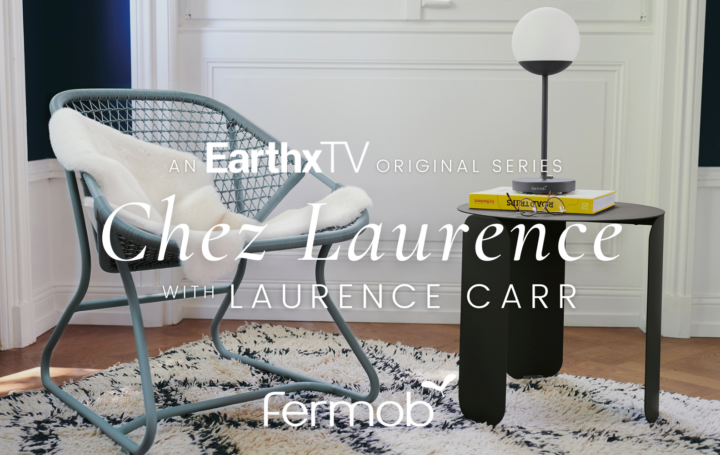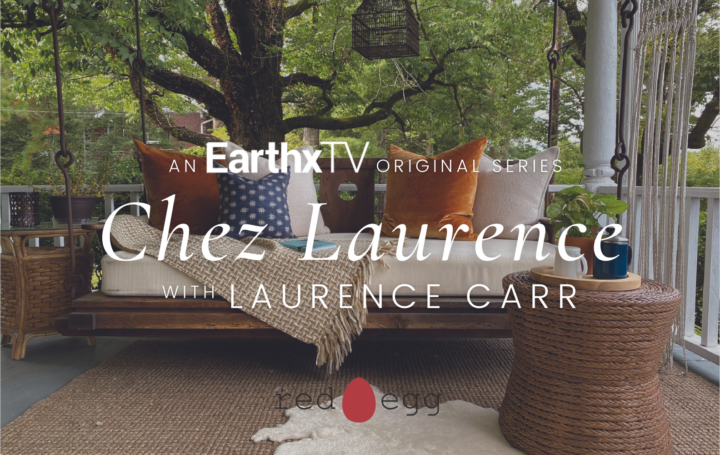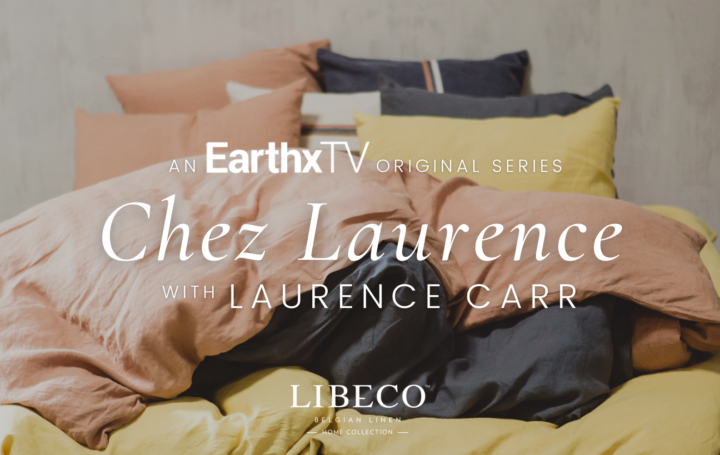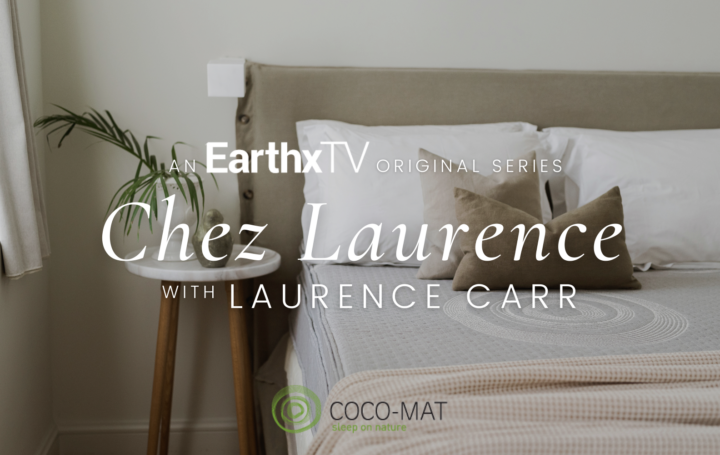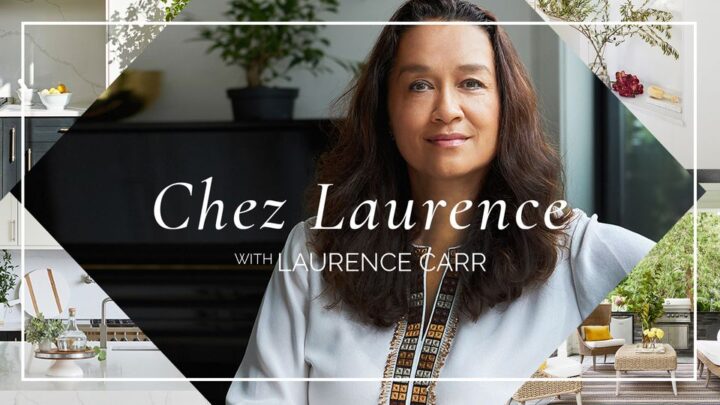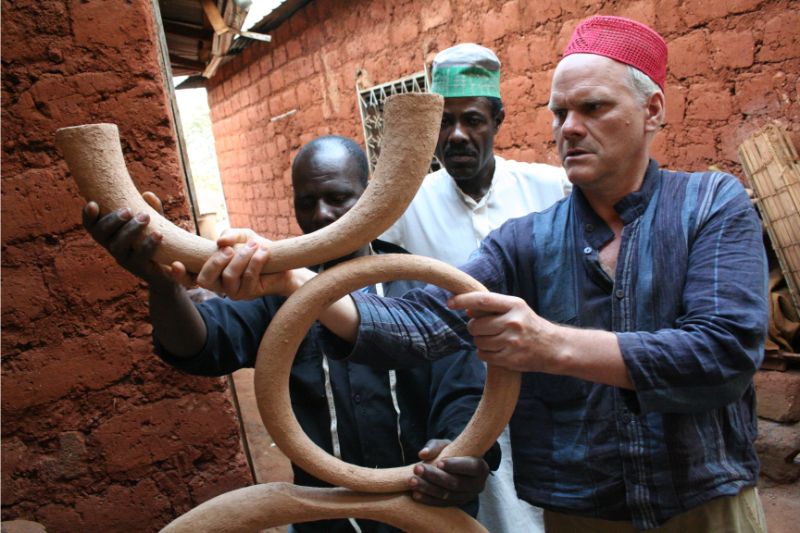
The summer has begun to heat up both literally and figuratively in New York, as we draw closer to opening week of the Hamptons Designer Showhouse. I have been immersed in installation, and am wrapping the final touches on The Restorative Room. I am so eager to share more details with you in a post about the project later this month. In the meantime, I would like to honor a very unique person that I am tremendously fortunate to have as a vendor partner in the Laurence Carr Design showhouse space: Tucker Robbins. Tucker and I became acquainted over the shared pursuit of sustainability in high fashion interior design. He is a natural aesthete, and followed somewhat of a circuitous route into the practice of furniture design, not entirely unlike the path I followed into this industry, myself.
Tucker has traversed many of the most remote locales in the world. Throughout his travels, he immersed himself in vastly diverse cultures, and spurred by the desire for a deep understanding of their heritage, sought connection with people of all walks of life. Tucker also served as a Monk in ashrams in Miami and Connecticut for 11 years, where he focused on setting up food co-ops around the world to support those in need, until his departure from the ashram in 1984. The combination of his exposure to many of the world’s purest indigenous global cultures and his deep spiritual roots spawned a yearning for authenticity and a profound respect for ancient craftsmanship techniques. He answered this yearning with his eponymous line of handcrafted, sustainably-sourced goods, and it is nothing short of breathtaking.
This earnest passion that has shaped Tucker Robbins, the design house and the man, is palpable to every viewer of his work. His celebrity following is certainly a testament to this. And I am delighted to be able to share with you a Q&A Laurence Carr Design recently had with Tucker and his team. I know you will find as much inspiration in his words as so many do in his work.
LCD: What led you into this business of sustainable high end decor – travel, a thirst for sustainable product? Was this a lightbulb moment decision, or a longer journey to discovering your calling?
TR: After I left the Ashram, I found a friend from a similar background who asked me to join him on a trip to Guatemala. This was back during their civil war. I bought a traditional Mayan cabinet (which at the time was looked down upon by high Guatemalan society) off of the side of the road and brought it back to New York. The cabinet had etchings depicting Mayan folklore which intrigued me. The cabinet sold for thousands of dollars which created quite a buzz back in Guatemala. Upon my return, I saw the impact of how design can bring peace to a war torn region. People put down their weapons to create beauty.
LCD: What are some of the challenges you face in utilizing sustainable practices?
TR: Trusting my sources because money is a great distorter of truth.
LCD: What are some of your favorite ancient techniques to utilize in design and production?
TR: The use of fallen or repurposed materials carries its own unique identity and beauty.
LCD: Can you tell us about two especially notable experiences from your travels, or global relationships you gained along the way? How have those impacted the business?
TR: The traditional mortar and sugar press have recently been replaced by machines as traditional communities continue to modernize. These pieces of history and the stories embedded within them were tossed aside as no longer useful. I did my best to gather them. The old saying of one person’s trash is another person’s treasure has been a reoccurring theme throughout my journey.
Shortly after 9/11 I went to Sri Lanka and found a 10ft x 6ft log on the side of the road. I asked what this log was to be used for and I was told people were making broom handles from it. I offered to buy it and had it sliced on the side of the road. I learned it was pulled out from the river and once I saw the grain and its unique brown/black color, I was hooked and on the hunt for more “sinkers.”
LCD: What is the biggest design trend you see continuing into 2020?
TR: Experiential travel into the creative hubs of our planet to understand the history and process behind successful designs. People don’t care as much about the “stuff” as they do the experience of finding/creating it.
LCD: If you could change one thing about the design industry as it exists today what would it be?
TR: With the risk of sounding self-serving, I would like people to be aware of their social and environmental impact from their purchases.
Merci beaucoup to Tucker; his Design Director, Zach Cento; and Manager, Tiffany Moore, for their prodigious support and inspiration throughout my time working on the Hamptons house. I am honored to have the opportunity to share their powerful message and exquisite pieces through this project and many others hereafter.
You can find product information, including the Tucker Robbins lookbook and catalogue, here, and please follow Tucker Robbins on Facebook, Instagram and Pinterest for more distinctive, sustainable design inspiration.
